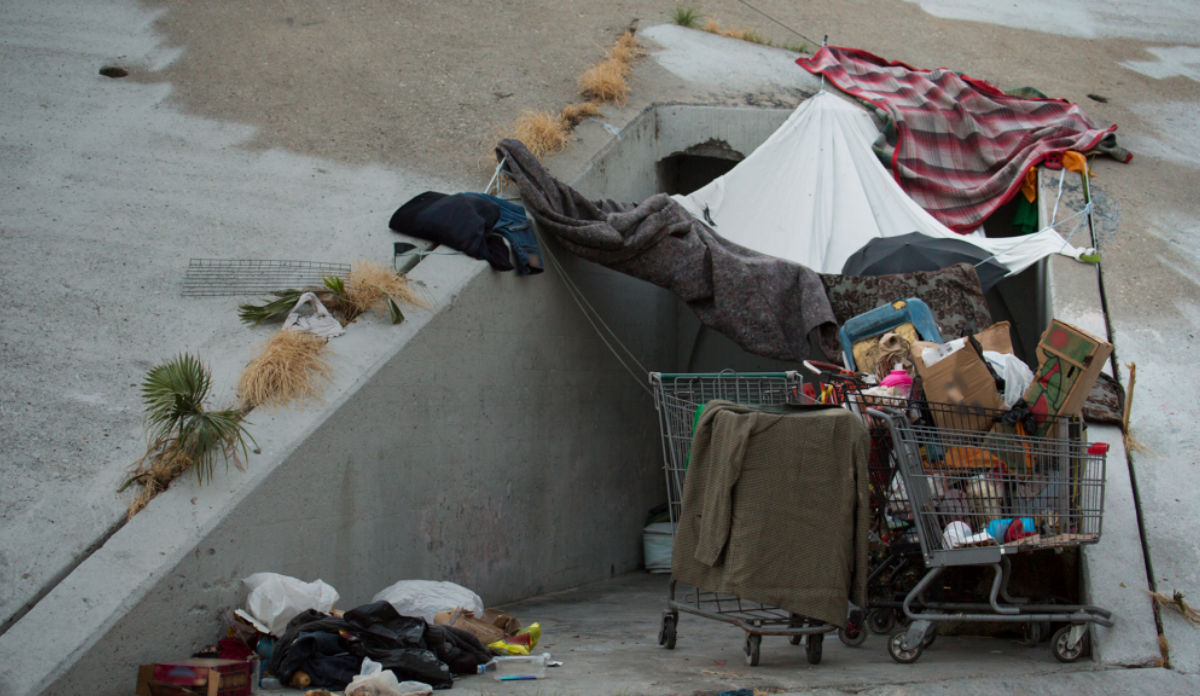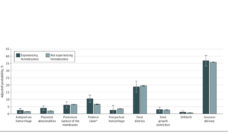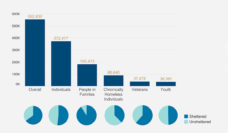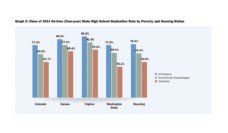Homelessness is a critical public health issue, affecting over 3.5 million Americans annually. People experiencing homelessness have higher rates of chronic and communicable diseases, and mental health disorders. Unhoused individuals also face higher all-cause mortality than housed individuals. Because homelessness is such a strong determinant of health, it deserves the same careful tracking and evaluation as other areas of health.
The risk of homelessness varies significantly by race. Black Americans are four times more likely to experience homelessness compared to White Americans. Racial disparities in homelessness are a product of exclusionary housing policies, including neighborhood zoning-segregation and redlining, which were designed to protect housing supply for White Americans. Excluding people of color from property ownership created severe generational wealth disparities, exacerbating risks of housing insecurity and homelessness.
Despite this reality, we have little comprehensive, longitudinal data on rates of homelessness across racial and ethnic groups. Our team gathered archived data from the U.S. Department of Housing and Urban Development (HUD) to create a unique dataset of annual rates of sheltered homelessness by race and ethnicity.
Between 2007 and 2017, Black American, American Indian or Alaska Native (AI/AN), and Native Hawaiian and Pacific Islander (NH/PI) populations were far more likely to experience homelessness than non-Hispanic Whites. The total rates of homelessness among Black American, AI/AN, and NH/PI groups were more than double the rates of homelessness among White and Asian groups. Even the lowest rate of homelessness among Black Americans (1.4%) was more than 4 times greater than the highest rate of homelessness for non-Hispanic Whites. We also found that disparities in homelessness among people of color continued to increase and persist across the entire study period.
Our results highlight the urgent need for targeted interventions for particular groups, especially communities of color.
We found mixed results among Hispanic/Latino populations. Importantly, rates in homelessness among Hispanic/Latino individuals fell below the rate of homelessness among non-Hispanic/Latino individuals over the time-period. However, Hispanic/Latino families continue to experience homelessness at a much higher rate than non-Hispanic White and Asian families. A critical issue to note is that Hispanic/Latino families are likely to be undercounted in measures of homelessness due to stigma and social service restrictions related to immigration status; cultural/language barriers; or from experiencing homelessness in less visible ways (e.g., doubling up).
Our results highlight the urgent need for targeted interventions for particular groups, especially communities of color. Variations in need and risk of homelessness should be reflected by federal, state, and local interventions. In 2021, the Biden Administration allocated a historic 5 billion dollars to HUD to address housing insecurity. While essential, this spending needs to be focused on the populations that most need access to these funds and housing options to reduce disparities in rates of homelessness.
In order to identify communities most at-risk and create targeted interventions, HUD and affiliated federal agencies need additional resources and tools to improve the systematic collection of data about populations and individuals that are experiencing homelessness. Poor-quality, incomplete data have hampered local efforts to reduce homelessness. The federal government can create incentives for subnational governments to participate in data collection and provide infrastructure and funding for jurisdictions to be able to carry out these policy tasks.
The Biden Administration can also address restrictive zoning laws. Zoning neighborhoods for single-family housing, only in certain, primarily White neighborhoods, sustains residential segregation. It has also led to decreased supply of affordable housing, and increasing housing costs. Federal incentives to reduce restrictive local-zoning laws may influence rates of homelessness among communities of color.
Photo via Getty Images



















